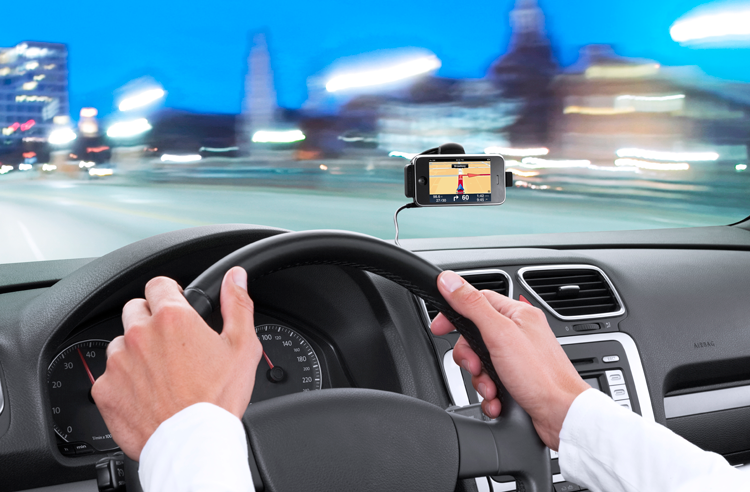The iPhone application crossed the six-figure mark in terms of sales in less than six months on the market. Last quarter, the company also released its car kit, featuring a built-in GPS receiver, loud speaker and microphone.
TomTom's profit of 73 million euros ($99 million) was an improvement from a year ago, when the device maker lost 989 million euros on high debt levels from the purchase of mapmaker Tele Atlas for 2.9 billion euros. The positive quarter also after both Google and Nokia announced they would provide free navigation to customers via their smartphone handsets.
"The industry we operate in is going through substantial change," said TomTom CEO Harold Goddijn. "Increasingly, digital maps are being deployed in the battle for mobile phone screens, either via smartphone or mobile Internet applications."
"We see limited impact from this on our current revenue streams from PNDs, automotive and fleet management. The demand for applications that use location will grow across all markets and all geographies, and we see new opportunities for partnerships and business models, particularly in the mobile space."
The TomTom application was first released for iPhone in August of last year. An update issued in November added support for the GPS receiver-less iPod touch and first-generation iPhone. Both devices can gain GPS functionality with the purchase of the TomTom car kit.
Originally released for $99, TomTom dropped the price of its iPhone application with maps of the U.S. and Canada to $79.99. A U.S.-only map costs $59.99, and numerous other international options are available.
 AppleInsider Staff
AppleInsider Staff








 Charles Martin
Charles Martin
 Christine McKee
Christine McKee
 Wesley Hilliard
Wesley Hilliard
 Malcolm Owen
Malcolm Owen
 Andrew Orr
Andrew Orr
 William Gallagher
William Gallagher
 Sponsored Content
Sponsored Content







50 Comments
A positive message for app developers / software companies and even companies that are used to selling hardware and find that with the iPhone / iTouch and soon to be iPad hardware platforms they can sell versions of their product in a software only version and turn a profit.
This is because Apple provides a valuable platform for both developers and users. With the iPad, the best is yet to come. Eventually
A word of warning!
No matter what the condition of the road appears to be, if a GPS takes you on dirt road, avoid it all costs if possible.
On my many travels as a photographer, the dirt roads are dirt for a reason, they are not stable enough to be paved and are changed so much the GPS isn't updated enough to cover them. You get out there and then try to get around and your lost, sometimes the GPS won't even plot the way BACK!
I spent the night in my SUV stuck up to my axle in spring mud, 26 miles from nowhere on a road that turned into a snowmobile trail in Maine and another time 14 miles out in Georgia behind a washout.
Avoid the dirt roads. Trust me.
And another thing, sometimes the shortest route off the main route really isn't faster, because there is lights and traffic. Plus GPS don't work to well around tall buildings and airports, so if your going around there, write down the instructions because the GPS is going haywire. Other than that, they work great, provided you keep it updated.
Or you may be in North Dakota, where paved roads are a rarity.
A word of warning!
No matter what the condition of the road appears to be, if a GPS takes you on dirt road, avoid it all costs if possible.
On my many travels as a photographer, the dirt roads are dirt for a reason, they are not stable enough to be paved and are changed so much the GPS isn't updated enough to cover them. You get out there and then try to get around and your lost, sometimes the GPS won't even plot the way BACK!
I spent the night in my SUV stuck up to my axle in spring mud, 26 miles from nowhere on a road that turned into a snowmobile trail in Maine and another time 14 miles out in Georgia behind a washout.
Avoid the dirt roads. Trust me.
Suck it up get stuck is half the fun. Besides the most interesting places to go are the ones where the hardier variants of mankind venture. Cities are for wimps.
Dave